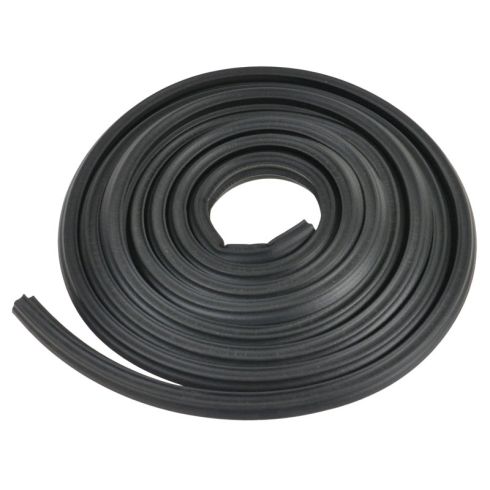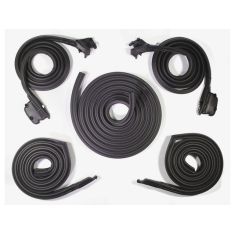1AWST00037-Chevrolet Buick Pontiac Olds Trunk Weatherstrip Seal Precision Replacement Parts TS 101 SA

Replaces
1967 Chevrolet Camaro Trunk Weatherstrip Seal Precision Replacement Parts TS 101 SA

Product Reviews
Loading reviews
4.75/ 5.0
4
4 reviews
great price and product
March 1, 2017
Installed in 67 GTO fit was great, used minimum adhesive length was about 12" too long which I cut for almost seamless fit
Weatherstrip 68 camaro
April 6, 2018
Very fast shipping, price was great and it was definitely a better product than what was installed before I got the camaro. Installation was a breseze and fitment was spot on. I will order my weatherstripping needs from you guys going forward.
Trunk gasket
September 10, 2018
This trunk gasket is the closest youre going to get to the original. Easy to install easy to buy and fast shipping.
Trunk weatherstrip
January 3, 2019
Just what I needed! Good quality! Fast shipping! Friendly,courteous. and very knowledgeable service department!
Customer Q&A
is this a Metroseal product?
July 10, 2021
10
The brand of this product is Precision and has a limited lifetime warranty.
July 12, 2021
Andra M
Chevrolet is a registered trademark of General Motors Company. 1A Auto is not affiliated with or sponsored by Chevrolet or General Motors Company.
See all trademarks.








